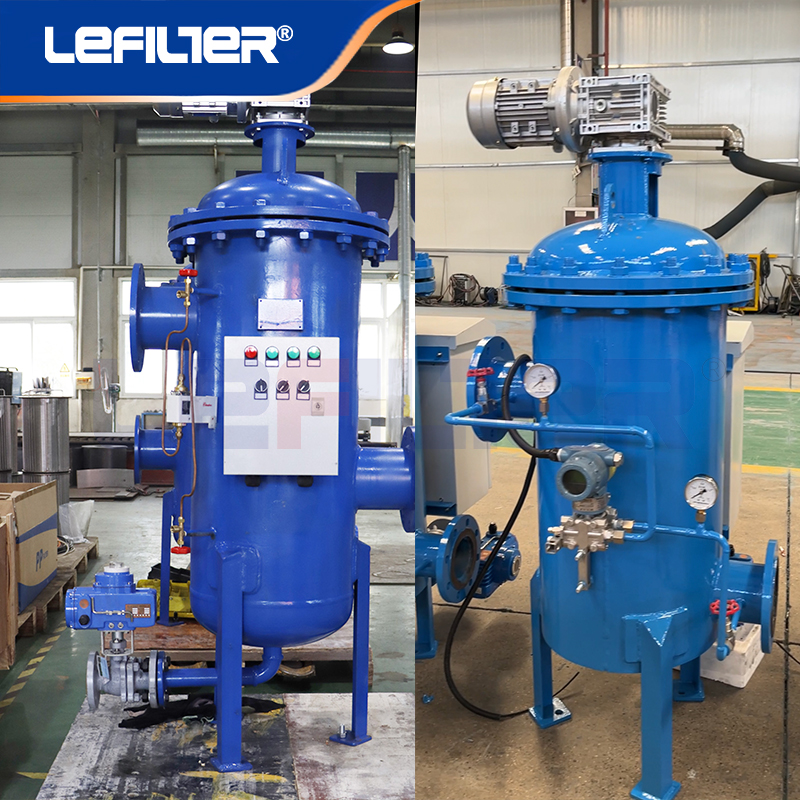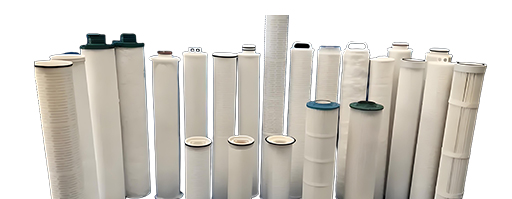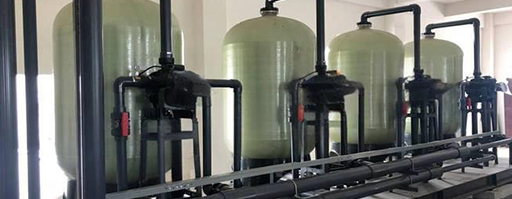Introduction
The Shallow Sand Filter operates on the principle of depth filtration, a process wherein water passes through a bed of granular media—typically silica sand of varying sizes—removing suspended solids, organic matter, and other particulate contaminants. Unlike conventional Multimedia Filters, which may have deeper filter beds and larger structural footprints, the shallow sand design strategically leverages a reduced media depth while maintaining high filtration performance, offering the dual advantages of space efficiency and faster filtration cycles.
Structurally, a Shallow Sand Filter typically consists of a corrosion-resistant tank—often fabricated from coated carbon steel or stainless steel—containing a relatively shallow but densely packed sand bed layered to optimize flow dynamics and particle capture efficiency. The underdrain system is engineered to evenly distribute influent water and support uniform backwash flows, which is critical for avoiding media channeling and ensuring consistent sand filtration over time.
One of the most remarkable aspects of this design is the integration of pressure-assisted cleaning mechanisms or automatic backwash systems, which minimize operator intervention and reduce water loss during maintenance. Compared to traditional filters, the backwash cycle in a Shallow Sand Filter is significantly shorter, thanks to its compact vertical design and smart hydraulic layout, which together allow for rapid fluid movement and media agitation with lower energy input.
Incorporating modern automation and smart monitoring options, some advanced Shallow Sand Filter systems are equipped with PLC control panels, differential pressure sensors, and remote telemetry modules, enabling users to monitor system performance in real-time and trigger automated maintenance processes based on actual filter conditions, not fixed time intervals.

Technical Parameters and Performance
From a technical perspective, the filtration precision of Shallow Sand Filters generally ranges from 50 to 100 microns, although this can be adapted to more refined tolerances depending on the granularity of the sand media used and the target application. In many pre-treatment or tertiary polishing systems, this level of sand filtration is sufficient to meet discharge requirements or prepare feedwater for downstream processes like ultrafiltration or reverse osmosis.
Compared to deeper Multimedia Filters, the Shallow Sand Filter provides a shorter hydraulic retention time, which enables higher flow rates with smaller footprints, making it ideal for installations with limited space or mobile water treatment units. A typical unit can handle flow capacities from 20 m³/h up to over 200 m³/h, with scalable modular configurations that allow for easy system expansion or redundancy planning.
The maintenance cycle is another key area where the Shallow Sand Filter excels. Thanks to its shallow bed, backwashing is faster, requires less water, and can be performed at lower pressures, reducing energy consumption and operational costs. Depending on the turbidity of the influent and usage frequency, backwash intervals can vary from every 2 to 7 days, with each cycle consuming up to 80% less water than traditional deep-bed sand filters.
In terms of performance, users frequently report noticeable improvements in turbidity reduction, TSS removal, and overall water clarity after installing a Shallow Sand Filter. When integrated as a primary barrier or pre-treatment stage before chemical dosing, disinfection, or advanced membrane systems, the filter ensures that downstream equipment operates under optimal load conditions, extending their lifespan and reducing chemical consumption.
Moreover, with its low fouling rate and consistent media performance, the Shallow Sand Filter delivers reliable long-term operation with minimal degradation in filtration quality, making it a highly economical and sustainable filtration option.

Application Fields
Thanks to its modular design, dependable operation, and adaptability to different water qualities, the Shallow Sand Filter finds application in a wide range of industrial, agricultural, and municipal sectors, often replacing or complementing Multimedia Filters in projects where sand filtration alone is adequate or more cost-effective.
In agriculture and irrigation, Shallow Sand Filters are extensively used to remove sand, clay, and organic debris from surface water and well water sources, thereby protecting drip and spray irrigation systems from clogging and uneven water distribution. Especially in water-scarce regions where reuse of treated wastewater is essential, these filters provide an essential barrier for removing residual solids before distribution to crops.
Within municipal waterworks, they are commonly deployed in stormwater runoff filtration, tertiary polishing stages, and groundwater treatment systems, where compact designs and high throughput are essential to meet fluctuating demands with limited infrastructural expansion.
In industrial settings, the applications are even more diverse—ranging from cooling tower water pre-filtration, boiler feed water conditioning, and process water treatment in sectors like food and beverage, textile, mining, and petrochemical. Their chemical resistance and low media erosion rate also make them a practical choice for filtering mildly corrosive or temperature-variable influents.
Moreover, mobile water treatment systems, often used in construction, military, or emergency response scenarios, benefit greatly from Shallow Sand Filters due to their compact, lightweight design and fast startup times, making them indispensable components in temporary or remote deployments.

Environmental Responsibility and Sustainability
In a global context where water scarcity, climate resilience, and carbon footprint reduction are pivotal concerns, the Shallow Sand Filter offers a filtration solution that aligns well with sustainability objectives without compromising on performance.
From an environmental perspective, its low water consumption during backwashing and extended media life cycles (often exceeding 5 years with proper maintenance) contribute significantly to resource conservation. By reducing the amount of wastewater generated and lowering the need for frequent media replacement, these filters help industries meet stringent sustainability and discharge compliance goals.
Additionally, the energy efficiency of the shallow-bed design, which requires lower backwash pressure and shorter filtration cycles, translates into lower operational emissions and electricity use—a crucial benefit in regions where energy costs are high or where facilities aim to comply with green certification frameworks like LEED, ISO 14001, or national clean production standards.
The system also supports the growing shift toward non-chemical water treatment strategies, as the physical filtration method employed by sand filtration requires no flocculants or disinfectants during normal operation. This not only reduces operational costs and handling risks but also ensures safer treated water for reuse in agriculture or industrial processes.
Finally, the flexibility and modularity of the Shallow Sand Filter system allow for retrofitting into existing treatment frameworks, enabling facilities to upgrade their environmental performance without overhauling entire plants—making it an attractive solution for greenfield and brownfield projects alike.
Conclusion
In summary, the Shallow Sand Filter stands out in today’s filtration technology landscape as an intelligent fusion of engineering simplicity, robust performance, and environmental stewardship. Whether used independently or as a complement to more advanced Multimedia Filters, it offers a practical, cost-effective, and sustainable filtration option that is suitable for both large-scale industrial facilities and small decentralized systems.
Its streamlined backwash cycle, consistent filtration precision, adaptability across sectors, and low environmental impact make it a compelling choice for engineers, procurement managers, and sustainability officers alike—particularly those aiming to implement efficient sand filtration with minimal capital and operational burden.
As water quality standards become more rigorous and resource efficiency gains prominence across industries, the demand for innovative yet reliable solutions like the Shallow Sand Filter is expected to grow. Businesses seeking to future-proof their water treatment operations would do well to consider this technology as a cornerstone of their water management strategy.
Self-cleaning Filter

Self-cleaning Filter

















